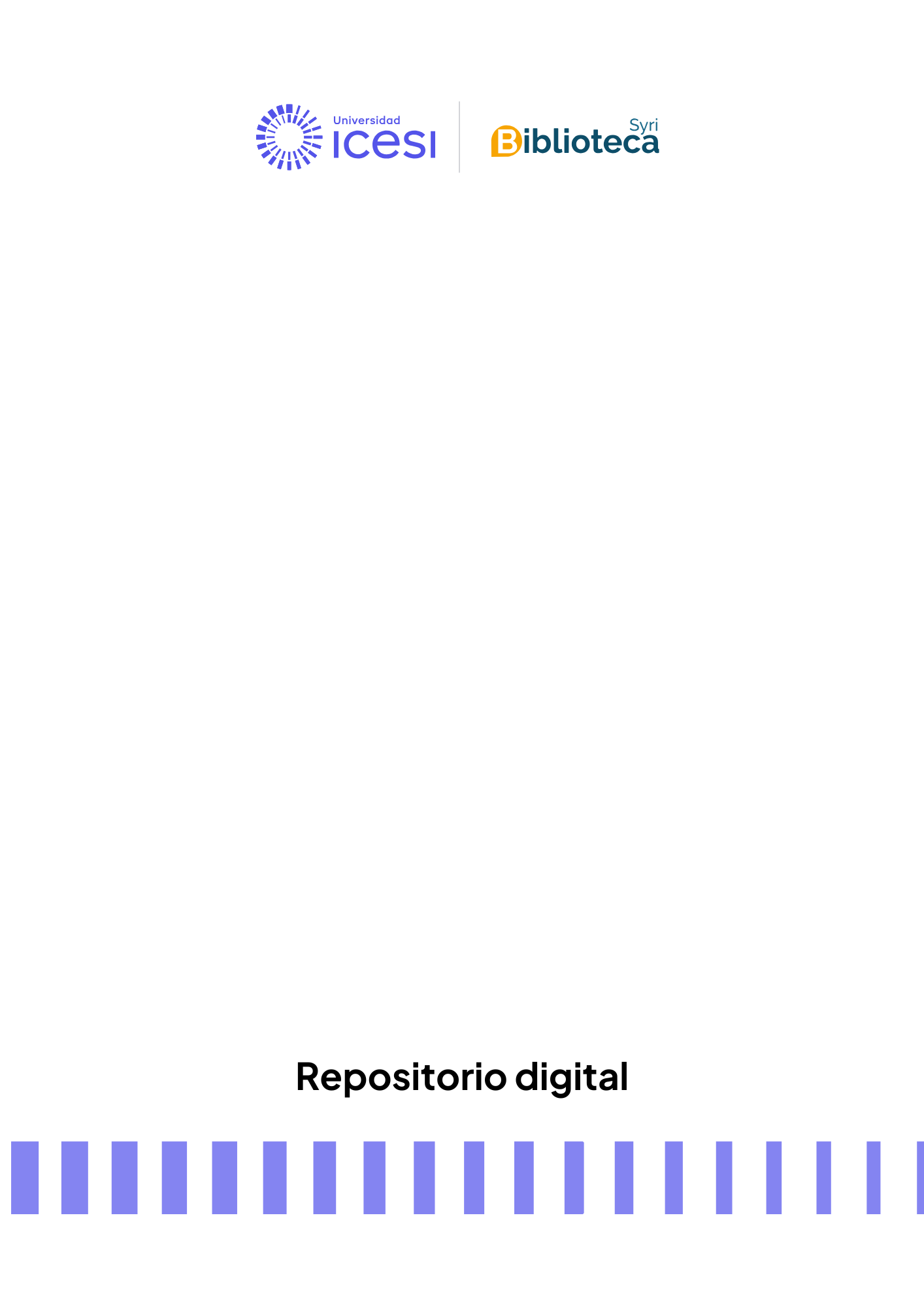Heavy metals species affect fungal-bacterial synergism during the bioremediation of fluoranthene
| dc.audience | Comunidad Universidad Icesi – Investigadores | spa |
| dc.citation.issue | 17 | |
| dc.citation.volume | 100 | |
| dc.contributor.author | Ma, Xiaokui | spa |
| dc.coverage.spatial | Berlin de Lat: 52 30 00 N degrees minutes Lat: 52.5000 decimal degrees Long: 013 25 00 E degrees minutes Long: 13.4167 decimal degrees | |
| dc.date.accessioned | 2017-07-07T17:44:07Z | |
| dc.date.available | 2017-07-07T17:44:07Z | |
| dc.date.issued | 2016-08-01 | |
| dc.description.abstract | The co-occurrence of polycyclic aromatic hydrocarbons (PAHs) with heavy metals (HMs) is very common in contaminated soils, but the influence of HMs on fungal-bacterial synergism during PAH bioremediation has not been investigated. The bioremediation of fluoranthene-contaminated sand using co-cultures of Acremonium sp. P0997 and Bacillus subtilis showed increases of 109.4 and 9.8 % in degradation compared to pure bacterial and fungal cultures, respectively, removing 64.1 ± 1.4 % fluoanthene in total. The presence of Cu2+ reduced fluoranthene removal to 53.7 ± 1.7 %, while inhibiting bacterial growth, and reducing translocation of bacteria on fungal hyphae by 49.5 %, in terms of the bacterial translocation ratio. Cu2+ reduced bacterial diffusion by 46.8 and 31.9 %, as reflected by D (a bulk random motility diffusional coefficient) and Deff (the effective one-dimensional diffusion coefficient) compared to the control without HM supplementation, respectively. However, Mn2+ resulted in a 78.2 ± 1.9 % fluoranthene degradation, representing an increase of 21.9 %, while enhancing bacterial growth and bacterial translocation on fungal hyphae, showing a 12.0 % increase in translocation ratio, with no observable impact on D and Deff. Hence, the presence of HMs has been shown to affect fungal-bacterial synergism in PAH degradation, and this effect differs with HM species. © 2016, Springer-Verlag Berlin Heidelberg. | spa |
| dc.format.extent | 9 páginas | spa |
| dc.format.medium | Digital | spa |
| dc.format.mimetype | application/pdf | |
| dc.identifier.doi | http://dx.doi.org/10.1007/s00253-016-7595-4 | |
| dc.identifier.instname | instname:Universidad Icesi | |
| dc.identifier.issn | 0175-7598 | |
| dc.identifier.other | https://www.scopus.com/inward/record.uri?eid=2-s2.0-84968626476&doi=10.1007%2fs00253-016-7595-4&partnerID=40&md5=06f158adfbbf19b7b78292eccc00a3f9 | |
| dc.identifier.reponame | reponame:Biblioteca Digital | |
| dc.identifier.repourl | repourl:https://repository.icesi.edu.co/ | |
| dc.identifier.uri | http://hdl.handle.net/10906/81756 | |
| dc.language.iso | eng | |
| dc.publisher | Springer Verlag | |
| dc.publisher.department | Departamento de Ingeniería Industrial | spa |
| dc.publisher.faculty | Facultad de Ingeniería | spa |
| dc.publisher.place | Berlín | |
| dc.publisher.program | Ingeniería Industrial | spa |
| dc.relation.citationendpage | 7750 | |
| dc.relation.citationstartpage | 7741 | |
| dc.relation.ispartof | Applied Microbiology and Biotechnology, Vol.100, No.17 -2016 | |
| dc.rights | EL AUTOR, expresa que la obra objeto de la presente autorización es original y la elaboró sin quebrantar ni suplantar los derechos de autor de terceros, y de tal forma, la obra es de su exclusiva autoría y tiene la titularidad sobre éste. PARÁGRAFO: en caso de queja o acción por parte de un tercero referente a los derechos de autor sobre el artículo, folleto o libro en cuestión, EL AUTOR, asumirá la responsabilidad total, y saldrá en defensa de los derechos aquí autorizados; para todos los efectos, la Universidad Icesi actúa como un tercero de buena fe. Esta autorización, permite a la Universidad Icesi, de forma indefinida, para que en los términos establecidos en la Ley 23 de 1982, la Ley 44 de 1993, leyes y jurisprudencia vigente al respecto, haga publicación de este con fines educativos. Toda persona que consulte ya sea la biblioteca o en medio electrónico podrá copiar apartes del texto citando siempre la fuentes, es decir el título del trabajo y el autor. | spa |
| dc.rights.accessrights | Info:eu-repo/semantics/restrictedAccess | eng |
| dc.rights.license | Atribución-NoComercial-SinDerivadas 4.0 Internacional (CC BY-NC-ND 4.0) | |
| dc.rights.uri | http://creativecommons.org/licenses/by-nc-nd/4.0/ | |
| dc.subject.proposal | Production engineering | eng |
| dc.subject.proposal | Ingeniería de producción | spa |
| dc.subject.proposal | Bioremediation | eng |
| dc.subject.proposal | Metales pesados | spa |
| dc.subject.proposal | Biorremediación | spa |
| dc.title | Heavy metals species affect fungal-bacterial synergism during the bioremediation of fluoranthene | |
| dc.title.alternative | Applied Microbiology and Biotechnology | |
| dc.type.coar | http://purl.org/coar/resource_type/c_2df8fbb1 | |
| dc.type.coarversion | http://purl.org/coar/version/c_970fb48d4fbd8a85 | |
| dc.type.driver | info:eu-repo/semantics/article | |
| dc.type.local | Artículo | spa |
| dc.type.version | info:eu-repo/semantics/publishedVersion |
Archivos
Bloque original
1 - 1 de 1

